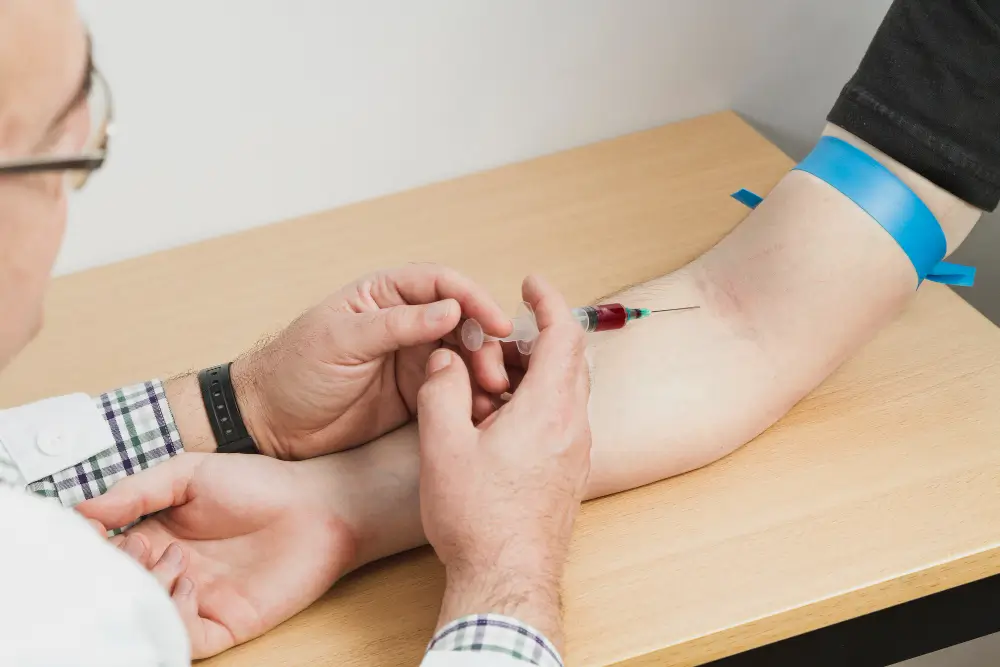Keeping an eye on many aspects of health is necessary for effectively managing diabetes, with foot care being especially important. Because diabetic feet are particularly prone to complications, it’s critical to comprehend the vital role orthotic devices play in preserving diabetic foot health. We will go into great detail about diabetic orthotics, their important role in managing foot health, and the complexities of insurance coverage for these necessary devices. We will also highlight Synergy HCLS’s top-notch medical billing outsourcing services, which give healthcare providers vital support. By comprehending these elements, patients and medical professionals can more adeptly maneuver through the intricacies of diabetic foot health management and guarantee ideal health consequences.
What are Diabetic Orthotics?

Diabetes feet require specialized equipment called diabetic orthotics, which are painstakingly made to relieve pressure and give vital support. These devices cover a wide range of products, such as orthopedic shoes, customized insoles, and other types of orthopedic footwear. All of these orthotic options are customized to fit the specific requirements of diabetics and are essential in avoiding complications related to the disease of the feet.
Diabetic orthotics help prevent common problems like ulcers and sores by ensuring proper foot alignment and even weight distribution. If left untreated, these common issues can develop into more serious ones. Regular use of orthotic devices can greatly improve the general health of the feet for people with diabetes. In addition to offering short-term relief, these devices support long-term foot health, which enhances mobility and quality of life.
The Role of Diabetic Orthotics in Managing Foot Health
The primary function of diabetic orthotics is to provide relief and protection for diabetic feet. Here’s how they help in diabetic foot health management:
- Pressure Redistribution: Orthotic devices evenly distribute pressure across the foot, reducing the risk of ulcers and sores.
- Enhanced Support: These devices offer additional support to areas prone to pressure, preventing common diabetic foot complications.
- Improved Mobility: Orthotics provide improved foot alignment and support, ease strain, and improve mobility which can lead to better diabetes management.
Importance of Regular Foot Checks for Diabetes Management
Regular foot checks are essential for early diabetes feet care. Here’s why:
- Early Detection: Frequent check-ups aid in the early identification of potential diabetic foot health issues, enabling prompt treatment.
- Preventive Care: Early diagnosis does help, but regular checkups and implementing preventative measures when it comes to diabetes foot care can prevent serious issues (such as infection or even amputation).
- Comprehensive Care: Regular follow-ups, in addition to orthotic devices, cover all aspects of diabetic foot health management.
What is the ICD 10 Code for Diabetes with Foot Problems?
Foot related complications of diabetes are assigned a ICD-10 code of E11.621. Each code defines an individual complication associated with diabetes, and foot ulcers are one complication common to most patients with diabetes and one of the most dangerous. Appropriate usage of this code is essential for processing insurance claims and billing for medical services. It allows for accurate documentation of all relevant facts to facilitate approval for necessary therapies and orthotic devices. By using E11, healthcare professionals can help ensure that patients receive pertinent coverage and financial support for their treatment. E11.621, which will ultimately enhance the management of diabetic foot complications and support global health betterment.”
Insurance Coverage for Orthotics
Understanding insurance coverage for orthotic devices is crucial for those managing diabetes feet. Here’s what you need to know:
- Medicare and Orthotics: Medicare Part B covers orthotic devices if deemed medically necessary by a healthcare provider.
- Private Insurance: Coverage varies among private insurers. It’s essential to check with your provider regarding the specifics of your plan.
- Documentation: Proper documentation, including the ICD-10 code E11.621, is necessary to secure coverage for orthotic devices.
A comprehensive strategy is needed to optimize diabetic foot health, which includes regular foot exams, knowledge of and experience with diabetic orthotics, and skillful negotiation of insurance coverage. By supporting the foot and reducing pressure on sensitive areas, diabetic orthotics—such as orthopedic shoes and custom insoles—are essential in averting complications. Frequent foot exams aid in the early identification and treatment of possible problems, averting major complications. Furthermore, awareness of insurance coverage guarantees people can afford the necessary devices and treatments. People can greatly improve their overall quality of life and foot health by incorporating these practices into their diabetes management regimen. This lowers the risk of complications and improves overall well-being.
Synergy HCLS: Your Partner in Medical Billing Outsourcing
The largest consortium in the US, Synergy HCLS, was formed to assist physicians in finding appropriate solutions for any billing-related issues they may encounter. Synergy HCLS provides experience backed by a guarantee of noticeable outcomes. With customized options, the technology and expertise meet the precise needs of physicians’ billing requirements. Synergy HCLS provides leading medical billing outsourcing services in various geographical areas.
Diabetics can effectively manage and prevent complications by using orthotic devices, scheduling regular check-ups, and focusing on diabetic foot health. By collaborating with Synergy HCLS, healthcare providers can focus on patient care because they will easily have the assistance they need to handle insurance and billing procedures.


